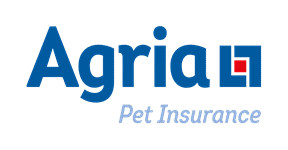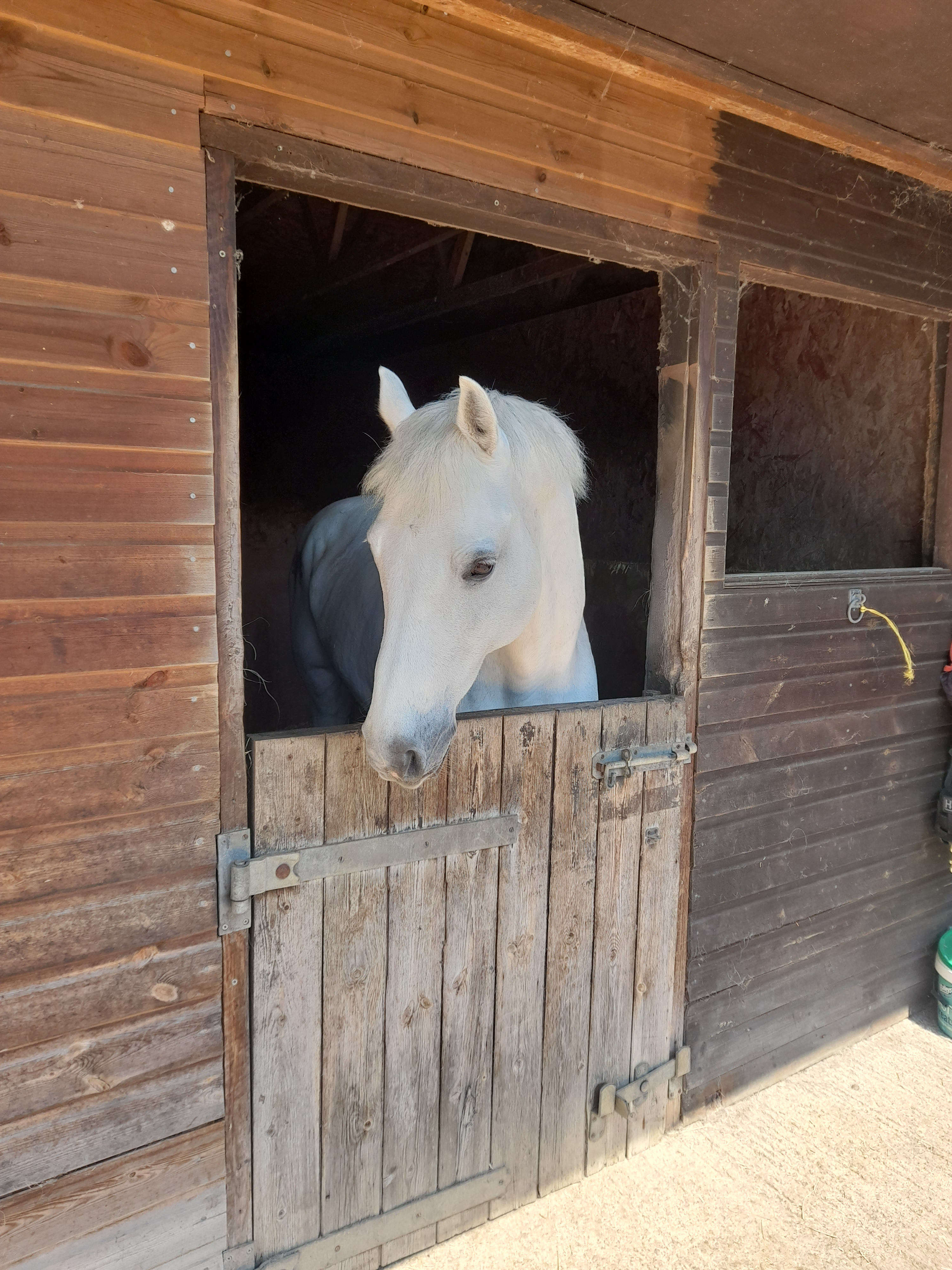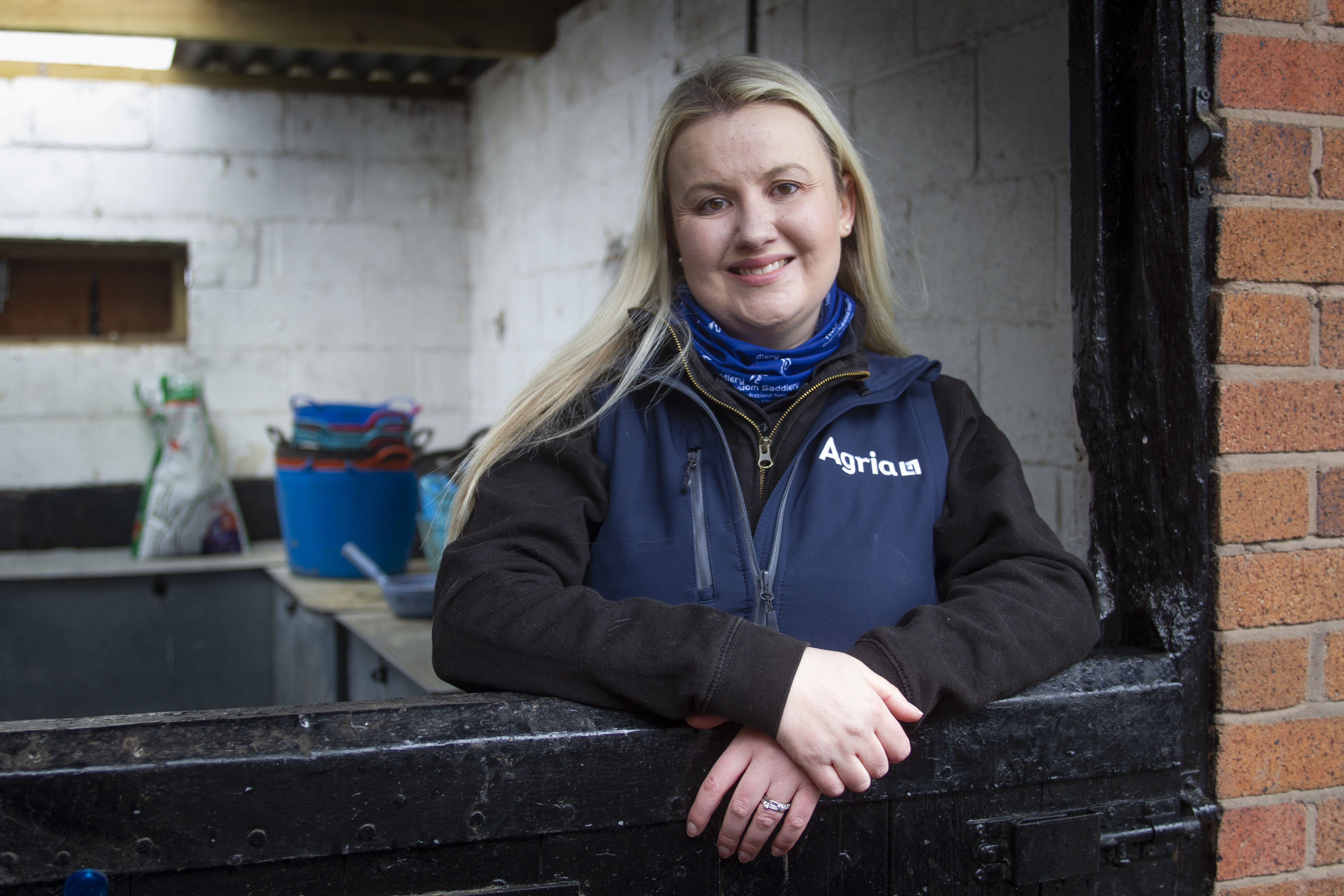Posted: 10th July 2023 | Back to news feed


Painful, potentially lethal and prone to recurrence, the risk of laminitis increases as the grass grows, and this summer has seen a lot of it. As an insurer with welfare at its heart, Agria has worked with a team of professionals to produce advice in key welfare domains for horse owners — including nutrition, which must be managed with care for laminitis sufferers
Everyone has heard of laminitis and happily not all of us see it. But when you do, you know you have a serious problem and that managing the condition takes considerable care.
Laminae are finger-like tissue protrusions which hold the hoof wall on to the horse’s foot. If they become painful and swollen, in extreme cases they may no longer be able to suspend the pedal bone within the hoof, causing it to rotate and sink through the sole of the foot. It can therefore be exceedingly painful for the horse and the vet should always be called if laminitis is suspected.
Independent equine nutritionist and Agria Equine Insurance advisor, Donna Case (pictured below), explains that horses prone to laminitis should have a diet with 10% or less combined starch and sugar content. “Owners tend to worry about hard feed, but often it is the sugar content in the forage and grass that is the main issue. A horse grazing could potentially eat a kilo of sugar in 24 hours, sometimes more.”

Sadly, once a horse has had laminitis there is an increased risk of it recurring. This makes it a condition for which lifetime insurance cover - the type offered by Agria - is hugely helpful. This provides cover for vet fees year after year, for up to £10,000 a year, for conditions which arise after the policy is in place.
Sarah Hughes has learnt about laminitis as her 14.3hh Connemara Buster (picteured at top of article) is prone to it, having first suffered it after having some treatment for early onset arthritis in his hocks. For both these reasons it has been imperative to control Buster’s weight with limited grazing.
“I keep him on fairly restricted grazing and soaked hay in summer and autumn,” says Sarah. “He has a low sugar, fibre-based feed and balancer to ensure he gets everything he needs, he has lots of exercise and spends half his time turned out, with a very small holed haynet when he is stabled.”
Unfortunately, laminitis does not just afflict ponies which are overweight. Despite Buster being very lean and fit as he prepared for a one day event, he came down with laminitis again in May. “I had been less restrictive with his grass as he had been working so hard in preparation for our first competition,” explains Sarah.
While Buster recovered on box rest with a deep bed, his vet treated him with non-steroidal anti-inflammatories, a low dose of ACP and checked his blood for any underlying issues such as Cushings or Equine Metabolic Syndrome — care which all told cost around £750.
Since Sarah has owned Buster for less than a year, she’s still learning about his management. “I definitely won’t be relying on what his weight is doing any more,” she says. “I will need to pay more attention to the quality of the grazing, giving him less access to lush grazing, and listen to vets and registered equine nutritionists as they notice rising numbers of laminitis cases as my cue for being extra careful. The amount of grass growing around the outside of his paddock is always a good indicator of what he is managing to eat too!”
BOX
Avoiding laminitis
Fit, not fat, is the mantra for sufferers, and keeping your horse’s weight down is key. “Keeping horses well exercised, their feet well shod and trimmed and on a good diet will all minimise the risk of laminitis,” says Agria consultant vet Phil Cramp.
Besides regular exercise it may be necessary to restrict grazing access (e.g. with a muzzle), but Donna Case warns that reducing turnout time may not work in itself: “A horse can gorge and eat a similar amount in an hour as they would over a longer period.”
Reducing forage too much can also lead to other problems like gastric ulcers so it’s useful to split up your horse’s feeds so he has ‘little but often’ in his stomach.
Another idea is soaking hay for 12-16 hours which can reduce the water soluble carbohydrates by up to 50% (reduce timings in hot weather in case of fermentation). “You may also wish to add a pre/pro-biotic to help support the hind gut microbiome,” adds Donna.
About Agria
Welfare is the foundation of Agria's ethos, which is why it has assembled a full team of equine experts, sharing their knowledge for the benefit of horse owners.
AGRIA LIFETIME HORSE INSURANCE allows owners the reassurance that vet bills can be covered year after year for recurring injuries or repetitive or chronic conditions, ensuring their horses’ lifelong welfare. A Lifetime policy offers up to £10,000 of vet fees cover every year and is particularly important for horses such as Buster, who require ongoing treatment in the long term, plus it can be transferred from owner to owner or to a new loan home.
The Equestrian Index newsfeed is compiled from articles submitted by advertising members and expresses the opinions of those members. Watsons Directories Ltd shall not be held liable for any inaccuracies or mis-statements therein.
